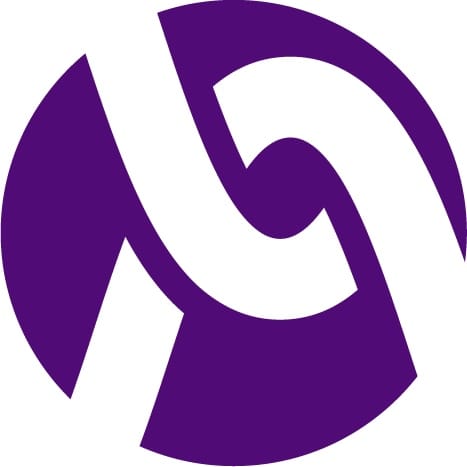In the fast-paced world of technology, businesses are constantly evolving to stay competitive. One significant aspect of this evolution is the transition to new software systems. While these transitions bring improved efficiency, productivity, and innovation, they also pose unique challenges. One of the critical factors for a successful software transition is adequately training your staff. In this blog post, we will explore the importance of training during software transitions and provide a comprehensive guide on how to train your staff effectively.
The Importance of Staff Training
- Enhanced Productivity: A well-trained staff can adapt quickly to new software, reducing the learning curve and minimizing disruptions in daily operations. This leads to enhanced productivity as employees can efficiently utilize the new tools at their disposal.
- Reduced Resistance to Change: Change is often met with resistance, especially when it comes to new software. Proper training helps employees understand the benefits of the transition, making them more receptive to change and fostering a positive attitude toward the new system.
- Minimized Errors and Downtime: Inadequate training can result in errors and downtime, negatively impacting the workflow. Thorough training programs can significantly reduce the likelihood of mistakes, ensuring a smooth transition and maintaining business continuity.
- Optimized Use of Features: New software often comes with a myriad of features that can significantly improve business processes. Training equips employees with the knowledge to utilize these features effectively, unlocking the full potential of the software.
Effective Training Strategies
- Assessment of Training Needs: Before embarking on a training program, conduct a thorough assessment of your staff’s current skill set and identify areas that need improvement. Tailor the training program to address specific needs and challenges.
- Engage in Early Communication: Inform your staff about the upcoming software transition well in advance. Clear communication about the reasons for the change and the benefits it brings will help employees understand the significance of the transition and prepare mentally for it.
- Customized Training Programs: Develop training programs that are tailored to the needs of different departments or roles within the organization. Consider offering different levels of training based on the complexity of tasks associated with each role.
- Hands-On Training: The most effective training is often hands-on. Provide practical, real-world scenarios that mimic the day-to-day tasks employees will encounter. This approach ensures that staff can immediately apply their newly acquired knowledge.
- Continuous Support and Feedback: Offer ongoing support as employees adapt to the new software. Establish feedback mechanisms to address any challenges or concerns promptly. This creates a culture of continuous improvement and fosters a positive attitude toward the transition.
- Utilize Online Learning Platforms: Leverage online learning platforms, webinars, and video tutorials to supplement traditional training methods. These resources provide flexibility for employees to learn at their own pace and revisit materials as needed.
- Incorporate Gamification: Introduce gamification elements into the training process to make learning enjoyable and engaging. This could include quizzes, challenges, and rewards for achieving specific milestones in the training program.
Conclusion
Training staff for software transitions is a crucial step in ensuring a smooth and successful implementation. By investing time and resources in effective training strategies, businesses can empower their employees to embrace change, optimize productivity, and fully leverage the benefits of new software systems. Remember, a well-trained workforce is not just an asset during the transition phase but also contributes to the long-term success and sustainability of the organization.
Contact us today for your custom software development needs!






